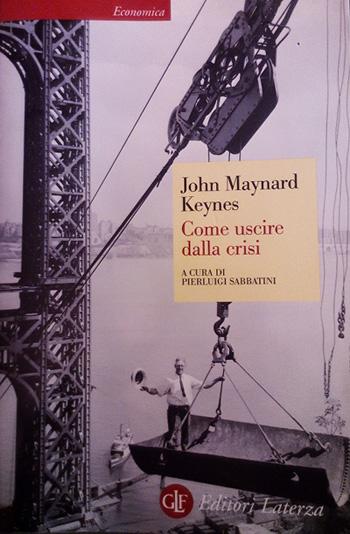Keynes made several trips to America and had the opportunity to meet Presidents Hoover and Roosevelt with whom he had a friendly correspondence.
This book is a collection of his articles written during the crisis period. Articles published in various newspapers almost always directed to politicians of the time in order to try to help the world out of the crisis.
Keynes analyzed the national and international situation in search of the origins of the crisis and tried over time to give suggestions on how to get out of it.
The relationships between employment, public investment, assistance plans, finance, taxation, interest rates, monetary policies and other macroeconomic factors are explained with abundance of details and clear examples that in some way could still be today useful for analyzing the current crisis.
The problems associated with low production costs in some foreign countries and the ease with which capital could be shifted were very clear to Keynes, who urged the British government to favor investors who invested in their own country even at the cost of reducing welfare expenses.
The vicious circle that enters a nation that loses its confidence in the future is well illustrated and in some respects fully applicable also to our country. Those who do not trust the future, even those who fear the future, put aside the money they can, doing more damage than anything else. In fact, when consumers need to consume production and work, consumers become excessively cautious, thus causing further problems.
But who could convince the common man to spend when everything went wrong?
An illuminating book, not too complex, that our politicians and economists should take back to the hand, even if with due consideration in relation to the different boundary conditions.
Alessandro Rugolo












